Mizhi Old Town Scenic Area in Midu County, Dali
Mizhi Old Town (密祉镇) is located in the southwest of Midu County, Dali Bai Autonomous Prefecture, Yunnan Province (云南省大理白族自治州弥渡县). It borders Juali Town (苴力镇) to the east, Nanjian Yi Autonomous County (南涧彝族自治县) to the south, Weishan Yi and Hui Autonomous County (巍山彝族回族自治县) to the west, and Yinjie Town (寅街镇) to the north, approximately 30 kilometers from the county seat of Midu. The total area of the region is 132.05 square kilometers, and by the end of 2019, Mizhi had a registered population of 16,473.
Historical Background
The history of Mizhi dates back to the Western Han Dynasty (西汉), specifically in the second year of the Yuanfeng era (前109年) when Emperor Wu of Han (汉武帝) dealt with the southwestern tribes, leading to a migration of Han Chinese settlers to the area. In 2014, Mizhi Township (密祉乡) was officially upgraded to Mizhi Town. As of June 2020, Mizhi Town governs six administrative villages, and the town government is located at No. 5 Dasi Street (大寺街).
By the end of 2019, Mizhi had three industrial enterprises and eight comprehensive stores or supermarkets with an area exceeding 50 square meters. Mizhi is renowned for its title “Three Towns, Two Regions, and One Ancient Path” (三乡两区一古道), which refers to its cultural significance as the hometown of Chinese lanterns, the cultural hub, and the birthplace of the famous song “Little River Flows” (《小河淌水》). The two regions are the Taijishan Provincial Scenic Area (太极山省级风景名胜区) and the Mizhi Revolutionary Old Area (密祉省级革命老区). The ancient path refers to the Wensheng Street Tea Horse Ancient Road (文盛街茶马古驿道).
In September 2021, the “Little River Flows·Mizhi Scenic Area” (小河淌水·密祉景区) was successfully established as the first national 3A-level tourist attraction in Midu County.
Mizhi Scenic Spot Guide
1. Mizhi Grand Temple (密祉大寺)
Mizhi Grand Temple is the oldest and largest ancient temple in the Mizhi area. Inside, you can find sacred halls and the Jade Emperor Pavilion (玉皇阁), from which visitors can enjoy panoramic views of the entire Mizhi region. This spot is characterized by the poetic sentiment: “端居碧罗千寻高也明也不可阶而升也,捧出红云一朵成乎焕乎其如视诸斯乎”.
2. Lantern Square (花灯广场)
Mizhi is a recognized source of national intangible cultural heritage, specifically for its lantern folk songs. As one of the renowned “Hometowns of Lantern Art in China,” it hosts the largest existing ecological lantern festival. The Mizhi Lantern Festival (密祉元宵灯会) has been listed as a representative item of the fifth batch of provincial-level intangible cultural heritage in Yunnan.
With continuously improving infrastructure, the unique architecture of Lantern Square shines brilliantly at night.
3. Republic of China Fifth District Office (民国第五区区公所)
This site was the former office of the National Government, established in the 20th year of the Republic of China (1931). It features a three-room, one-screen wall layout typical of civil engineering structures.
4. Wensheng Street (文盛街)
Wensheng Street is the core area of the Little River Flows Mizhi Scenic Area and an essential station on the ancient “Silk Road.” This ancient tea horse road is a national cultural heritage site, with Wensheng Street Village recognized as a historical and cultural village in China.
5. Kuixing Pavilion (魁星阁)
The statue of Kuixing (魁星) inside the pavilion stands proudly, symbolizing the assessment and support of scholars. The phrase “独占鳌头” (to take the lead) originates from this imagery, reflecting the historical richness of Mizhi, especially during the Ming and Qing dynasties.
6. Wenchang Palace Confucian Academy (文昌宫国学馆)
Designed and built by local carpenter Liu Jing’an (刘京安), Wenchang Palace serves as an important venue for traditional cultural activities, including the worship of Confucius and the promotion of patriotic education.
7. Horse Shops (马店)
These shops catered to the horse caravans that traveled along the ancient tea horse road, especially during the Ming and Qing dynasties. The famous Mizhi night market was bustling with activity, featuring local merchants selling rice, fodder, and textiles.
8. Horse Caravan Culture Exhibition Hall (马帮文化陈列馆)
This hall showcases artifacts related to horse caravan culture, including lamps, saddles, and farming tools, alongside videos that depict the former prosperity of the Wensheng Street ancient road.
9. Yinyi Gong’s Former Residence (尹宜公故居)
Renowned for arranging the lyrics of the famous folk song “Little River Flows” (《小河淌水》), Yinyi Gong (尹宜公) was born here. The residence features a multi-dimensional display system detailing his life and the song’s significance.
10. Ancient Opera Stage (古戏台)
Local artists perform various folk plays here, with nearly a hundred traditional operas still being staged, reflecting the local culture and traditions.
11. Folk Song Cultural Park (民歌文化园)
This park aims to promote the rich folk song culture of Mizhi, showcasing the traditional music and enhancing the local tourism industry.
12. Phoenix Bridge (凤凰桥)
One of the most famous ancient bridges on the old post road, Phoenix Bridge has stood for nearly a millennium and was listed as a national key cultural relic protection unit in 2013.
13. Pearl Spring (珍珠泉)
This ancient well dates back to the mid-Qing Dynasty (清代中叶) and features sweet, clear water that flows throughout the year, making it a beloved spot for locals.
14. Anlewo Camping Base (安乐窝露营基地)
This campsite integrates lantern culture, Mizhi cuisine, and recreational activities, providing a unique outdoor experience.
15. Osmanthus Forest (桂花箐)
Home to a 1,800-year-old osmanthus tree, this area is celebrated for its natural beauty and sweet, fragrant blossoms.
16. Taiji Peak (太极顶)
Located at the junction of Cangshan Mountain (苍山) and Ailao Mountain (哀牢山), this state-level nature reserve is known as a “Plant Kingdom” and a “Natural Oxygen Bar.”
Culinary Journey—Mizhi Food Guide
When in Mizhi, don’t miss the tofu feast (豆腐宴). Made from the pure spring water of Pearl Spring, this local specialty showcases the versatility of tofu in various culinary styles, sure to delight your taste buds.
Peaceful Retreat—Mizhi Accommodation Guide
After a full day of exploration, find a comfortable boutique homestay to unwind and enjoy the local charm.
Mi Duo Boutique Homestay (蜜多精品美宿)
Located next to Lantern Square, this high-end homestay features traditional architecture and is designed with elements of the five Chinese elements.
Gu Yi Xian Ju (古驿闲居)
This guesthouse offers a rustic atmosphere with traditional wooden architecture, serving delicious local dishes.
Efficient Travel—Mizhi Transportation Guide
- By Car:
- From Dali (大理) to Mizhi, take the Hangrui Expressway (杭瑞高速) and then follow local roads. The journey takes about 1 hour and 40 minutes.
- By Bus:
- Route A: Take a bus from Dali Passenger Transport Station to Midu (弥渡) and transfer to a local bus to Mizhi. Total travel time is about 2.5 hours.
- Route B: Take a high-speed train to Xiangyun (祥云) and then transfer to a bus to Mizhi.
Travel Tips
- Best Time to Visit: Spring and autumn are ideal for enjoying pleasant weather and local festivals.
- Cultural Etiquette: Respect local customs, especially in religious sites.
- Local Specialties: Try the local tofu dishes and explore the vibrant night market for street food.
How to Get There
To reach Mizhi from major cities like Dali, driving or taking a bus is the most convenient option. Ensure to check bus schedules in advance as they may vary.
With its rich culture, stunning landscapes, and delicious food, Mizhi Old Town offers a memorable experience for every traveler.
Day Trip to Mizhizhen: A Mountain Town
? Overview
Mizhizhen is a quiet little town located in the mountains and is one of the filming locations for Liu Yifei’s drama “A Place with Wind.” From Midu County, it’s a 30-kilometer drive to Mizhida Temple, which includes a short stretch of winding mountain road.
? Mizhida Temple
According to the historical records of Midu County, Mizhida Temple was built in the early years of the Qing Dynasty in 1736. The front courtyard features a Hall of Guansheng, dedicated to Guan Yu. After ascending a few steps, you reach the back courtyard, where the main building, Yuhuang Pavilion, is located. The pavilion is inscribed with the words “Ziwei Wujii” (紫薇无极). Though the temple is not large, it exudes a serene atmosphere, with the air filled with the scent of incense.
? Local Experience
In the courtyard, you can see elderly people drying their daily food, and there is no commercial vibe here. Just one elderly person is seen preparing meals, allowing one’s heart to quietly settle down.
? Accommodation
A short distance away is a guesthouse. In the middle of the courtyard, there is a shallow water surface reflecting the natural scenery—an absolutely stunning design where each angle offers a different beautiful view.
? Tea Room
The first floor of the main building features a tea room that is tranquil and elegant.
? Wensheng Street Ancient Village
After a 10-minute walk, you’ll arrive at Wensheng Street Ancient Village, adorned with lanterns hanging in the air. This street historically served as a stop on the ancient South Road, and it retains a well-preserved ancient village style, featuring stone paths and two-story wooden houses, with corn drying everywhere under the bright blue sky. The commercial-free atmosphere makes the ancient town feel like a picturesque painting.
? Village Entrance
At the end of the street, you’ll find the village entrance, which is also a filming location for “A Place with Wind,” marked by a small grocery store. Continuing further leads to a small park by a flowing creek. Passing through a small archway, you will arrive at the Pearl Spring. This spring, excavated in the Qing Dynasty, is one of the most historically significant wells. Its water is crystal clear year-round, gushing day and night, never drying up in droughts and always flowing, with bubbles at the bottom resembling shimmering pearls, thus earning its name, Pearl Spring.
Chinese Version:
https://mp.weixin.qq.com/s?__biz=MzI5MjEwNzkwNA==&mid=2247522140&idx=1&sn=21ed05075f8449dfb6bd1cc90bf723b9&chksm=ed1b4eeb8241f8348e73f10cc009b03679e1a7a0d01d7cbd25d840daae1622b54a73cfba8a76&scene=27
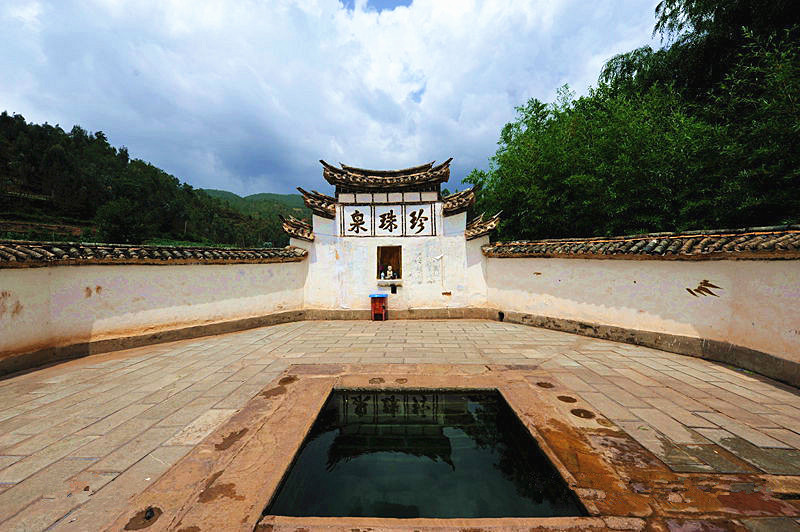
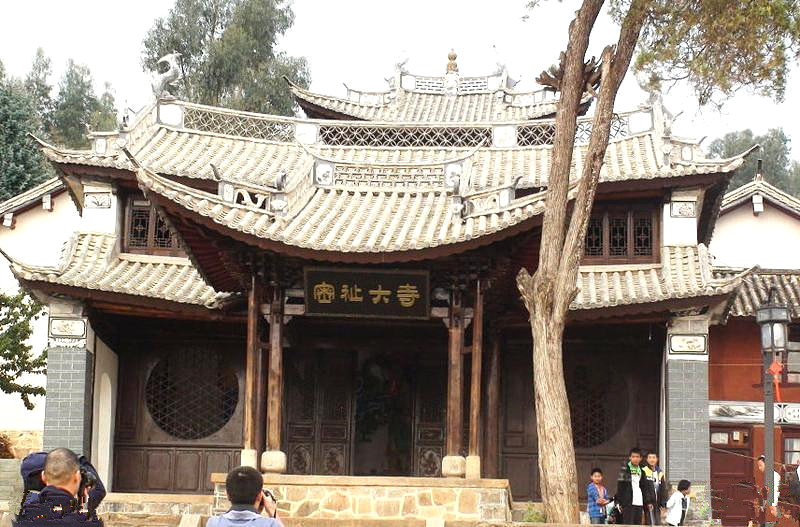
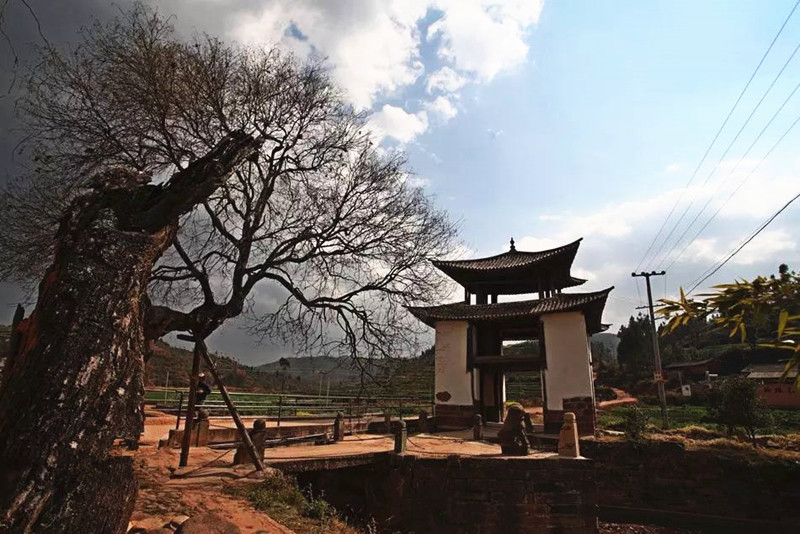
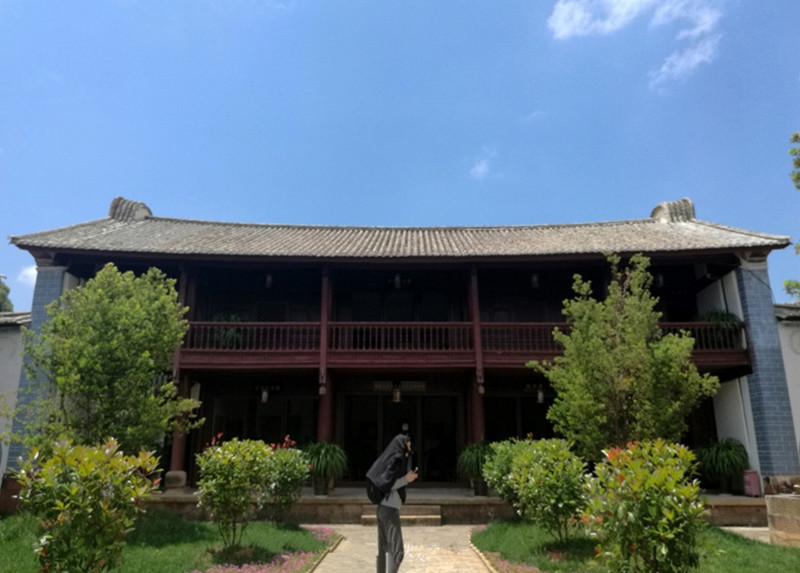
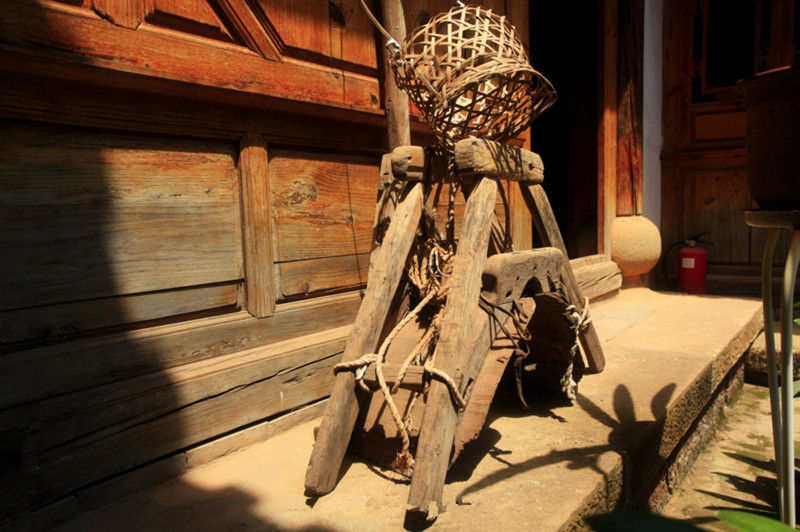
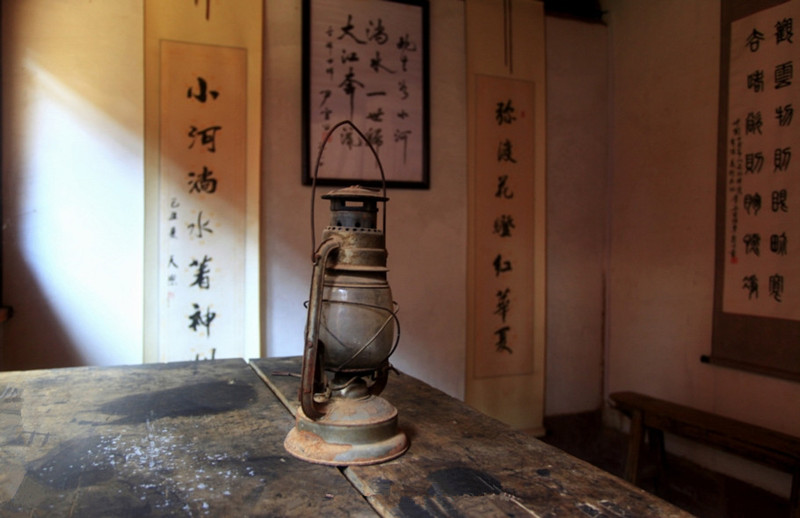
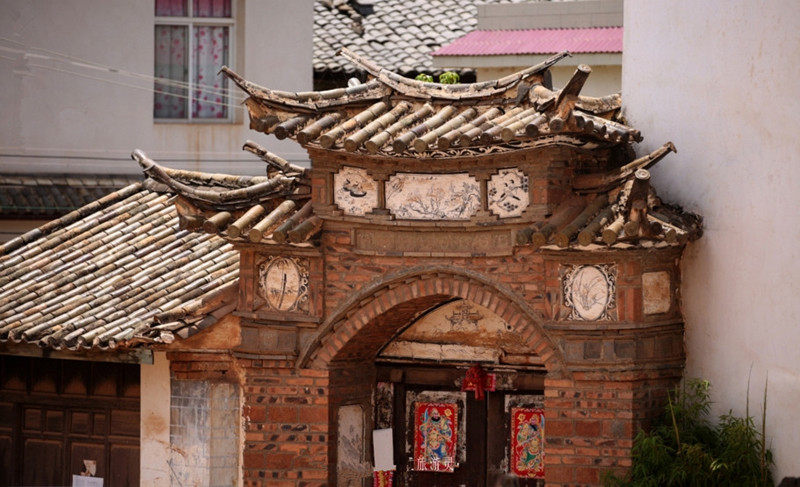
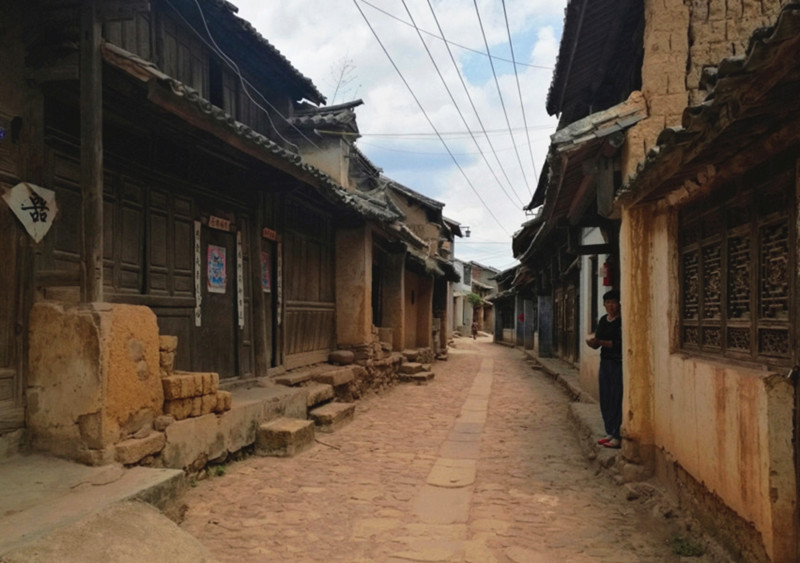
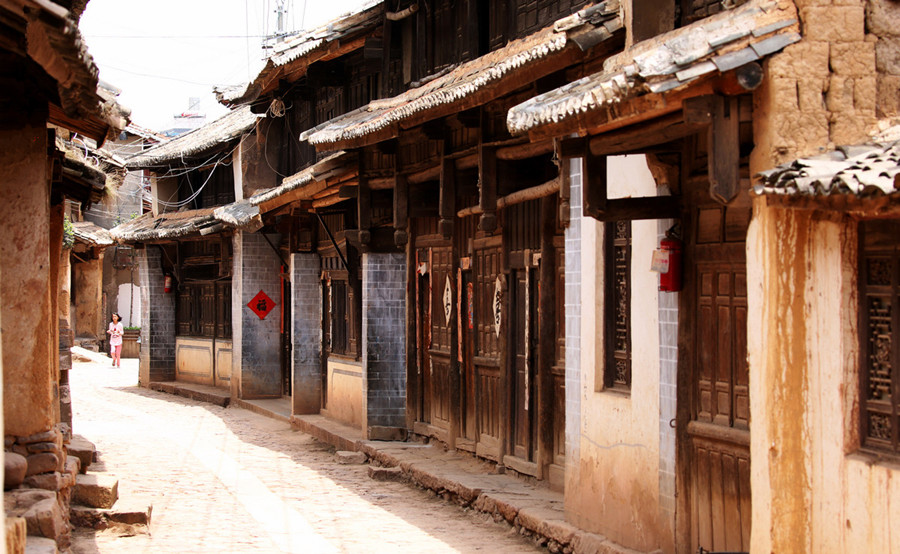
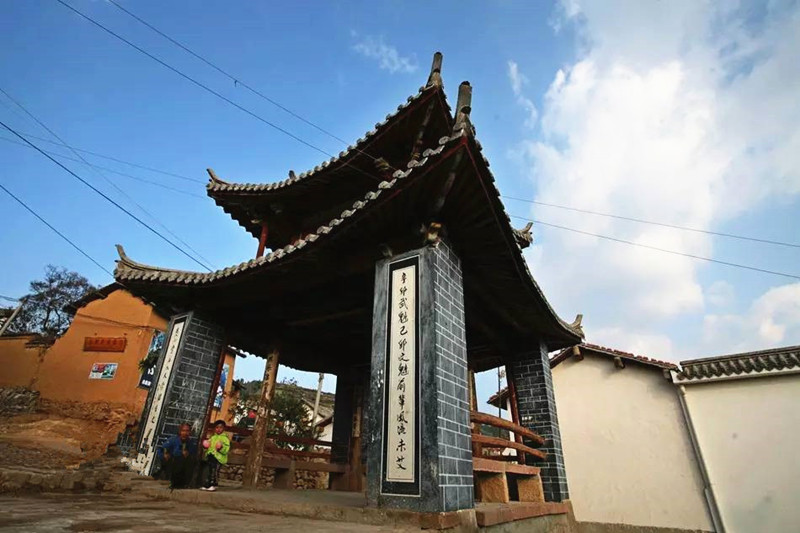
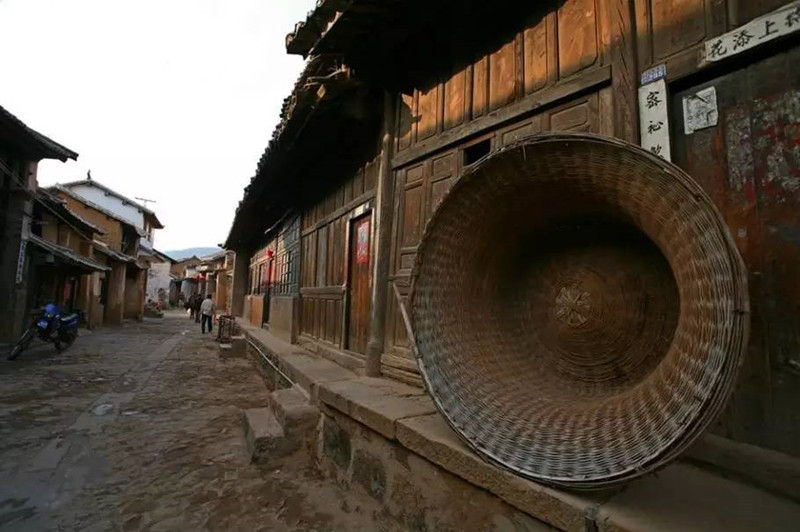
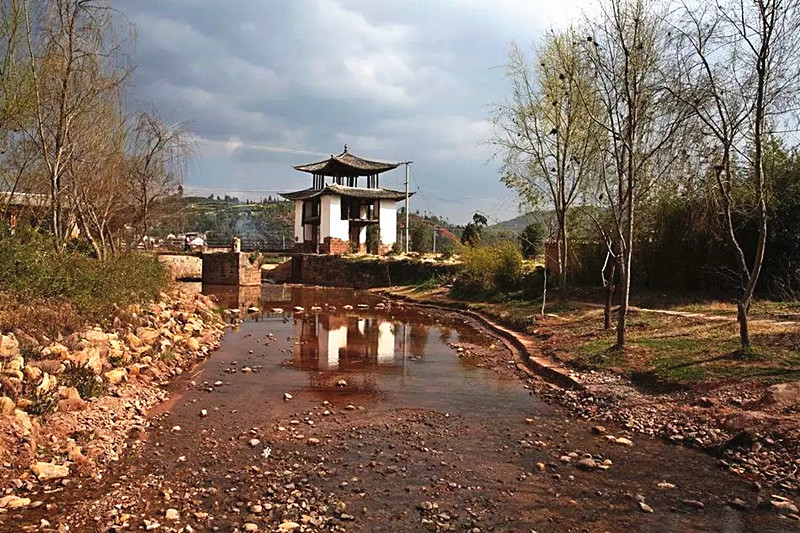
Location:
















